In today’s newsletter podcast, retired college horticulture professor Debbie Flower and Master Gardener Gail Pothour offer tips for growing potatoes. We also talk about the best months of the year to plant potatoes. That answer? It depends where you are. Give it a listen (above).
More Potato Planting Tips
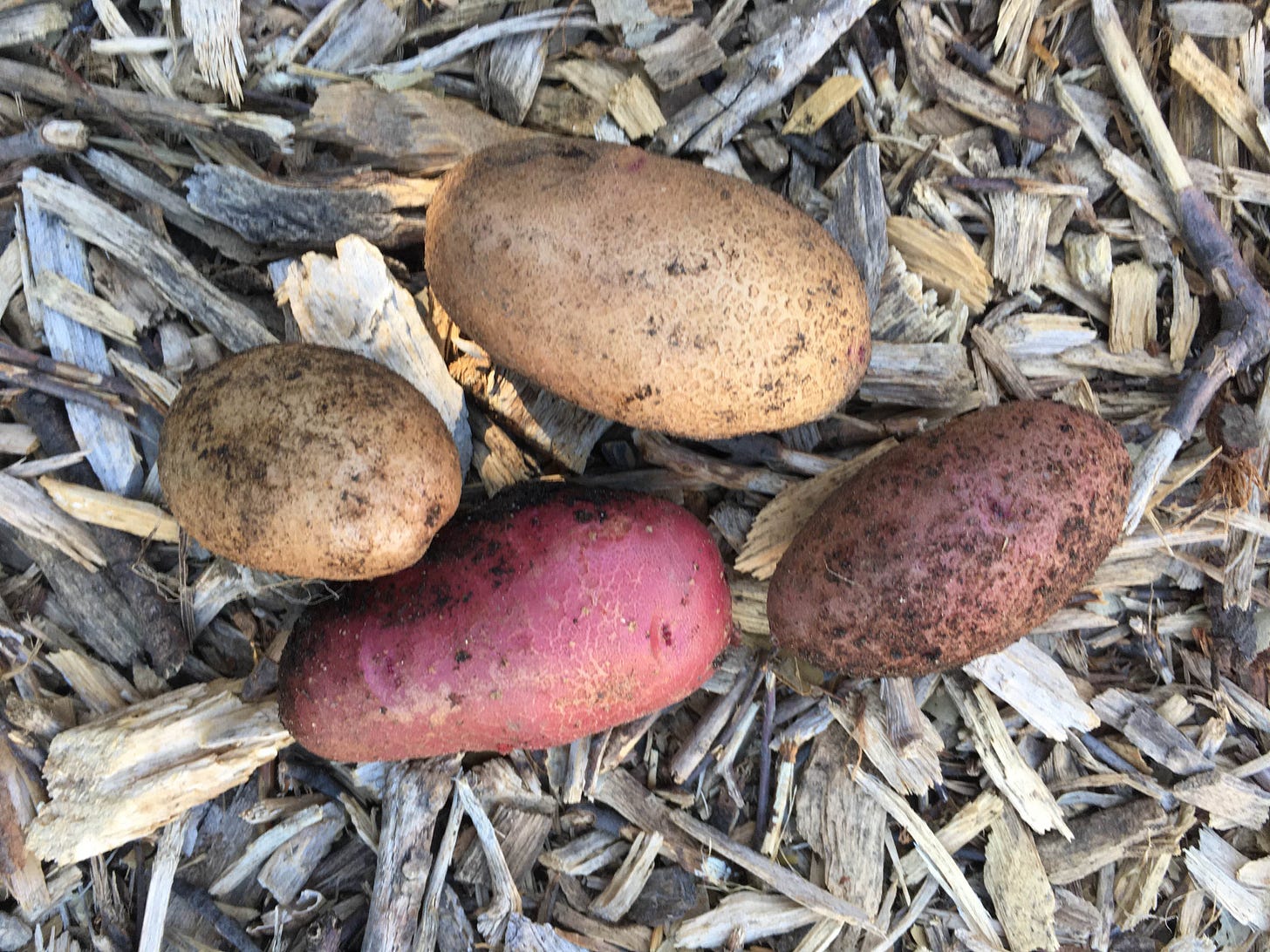
From the garden e-mail bag, Alan asks: “What varieties of potatoes are best to grow here in California?”
There are dozens of varieties a potato gardener in California can choose. Among the favorites of the University of California potato experts are Norgold Russet, Red la Soda, Kennebec, and White Rose. One of my favorites is Yukon Gold. Local nurseries and California-based garden catalogs, such as Renee’s Garden, will be getting in and shipping out seed potato varieties such as Colorado Rose, Heirloom Russet Burbank, Purple Majesty, French Fingerling, and Heirloom German Butterball in the winter.
One of the keys to homegrown potato success is planting at the right time, to avoid frost damage to young plants. We just passed the summer potato planting season of August and September. However, winter or early spring planting of potatoes is good, January through March in milder areas of California. A general rule of thumb: plant potato pieces about three to four weeks before the final frost. At California’s lower elevations, frost season is usually December and January. Planting in March, though, is good insurance against a wayward frost.
Throughout the United States, planting seed potato pieces three to four weeks before the final frost is a good rule of thumb. Find your average first and last frost dates here.
Your local nursery is a good barometer for the top potato varieties to grow in your area. Seed catalogs, as well, offer a wide variety of tasty and unusual potatoes that can do well in many climates.
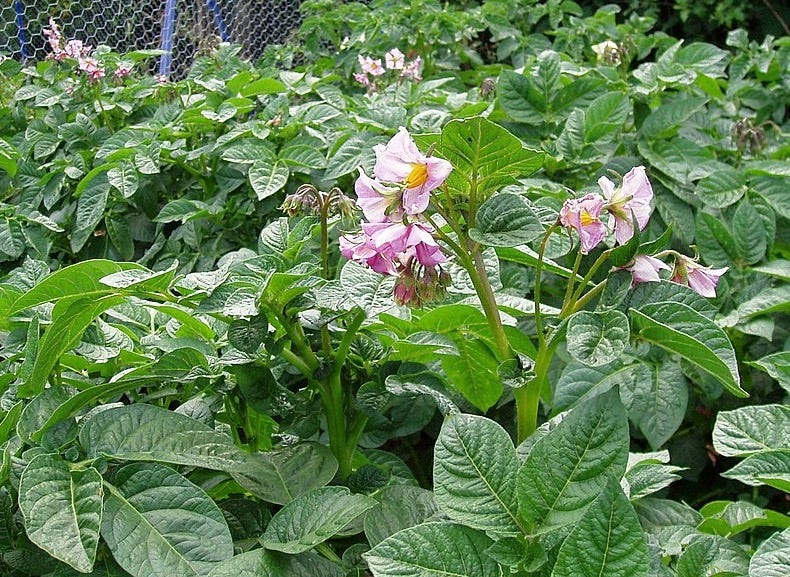
Is there a difference between 'eating potatoes' and 'seed potatoes'?
Why plant “seed potatoes”? These are certified disease-free varieties, available from nurseries and catalogs. Using grocery store potatoes for planting have two drawbacks: they may have been treated with a sprout inhibitor to increase their shelf life; and, although the potato may be safe to eat, it may still transmit a disease to your soil.
Which brings us to another query from the garden e-mail bag. Bill asks: "What's wrong with using some of the potatoes from our earlier harvest to plant a new crop? Is there a difference between 'eating potatoes' and 'seed potatoes'?"
Each potato-growing state has tests to certify seed potatoes. These tests include field and storage inspections as well as demanding potato criteria. The seed potatoes are certified to be free of some diseases that can ravage an entire garden, including early blight, late blight, damping off, verticillium wilt and nematodes.
Diseases can spread easily, via the wind, plants, soil, and tools. As a precaution, you shouldn't plant potatoes and tomatoes in the same soil within three years of each other. To avoid this issue entirely, heirloom potato growers can plant in large containers, at least 15 gallons in size, using bagged soil.
Whether you grow in the ground or in containers, here are some potato planting tips:
• Cut seed potatoes into pieces weighing from one and a half to two ounces, each having one or two eyes.
• Store cut pieces at room temperature and preferably in a humid place for one or two days before planting to allow the cut surface to form a callus. This decreases the chances of rotting.
• In the garden, prepare a planting furrow about four inches deep. Drop seed pieces into the furrows, and cover with two inches of soil.
• Leave the furrow this way for 4 to 6 weeks. When the sprouts are a couple of inches high, add 2 more inches of soil so that the seed pieces will be covered at the original ground level.
• If planting in containers, start with a couple of inches of soil in the bottom, lay the seed potato pieces on the top, and cover with two inches of soil. As the sprouts grow, repeat that process until you are within a couple of inches of the container top.
• With either method, if a frost threatens the sprouts, cover with a permeable frost cloth. Most of the potato crop can be harvested when the vines die, or the skin of the tubers is firm, not flaky.
Thanks for reading Beyond Basics: The Garden Basics with Farmer Fred Newsletter! Subscribe for free to receive new posts and support my work.
Thank you for also listening to the Garden Basics with Farmer Fred podcast! It’s available wherever you get your podcasts. Please share it with your garden friends.
Fred Hoffman is also a University of California Cooperative Extension Master Gardener in Sacramento County. And he likes to ride his bike(s).






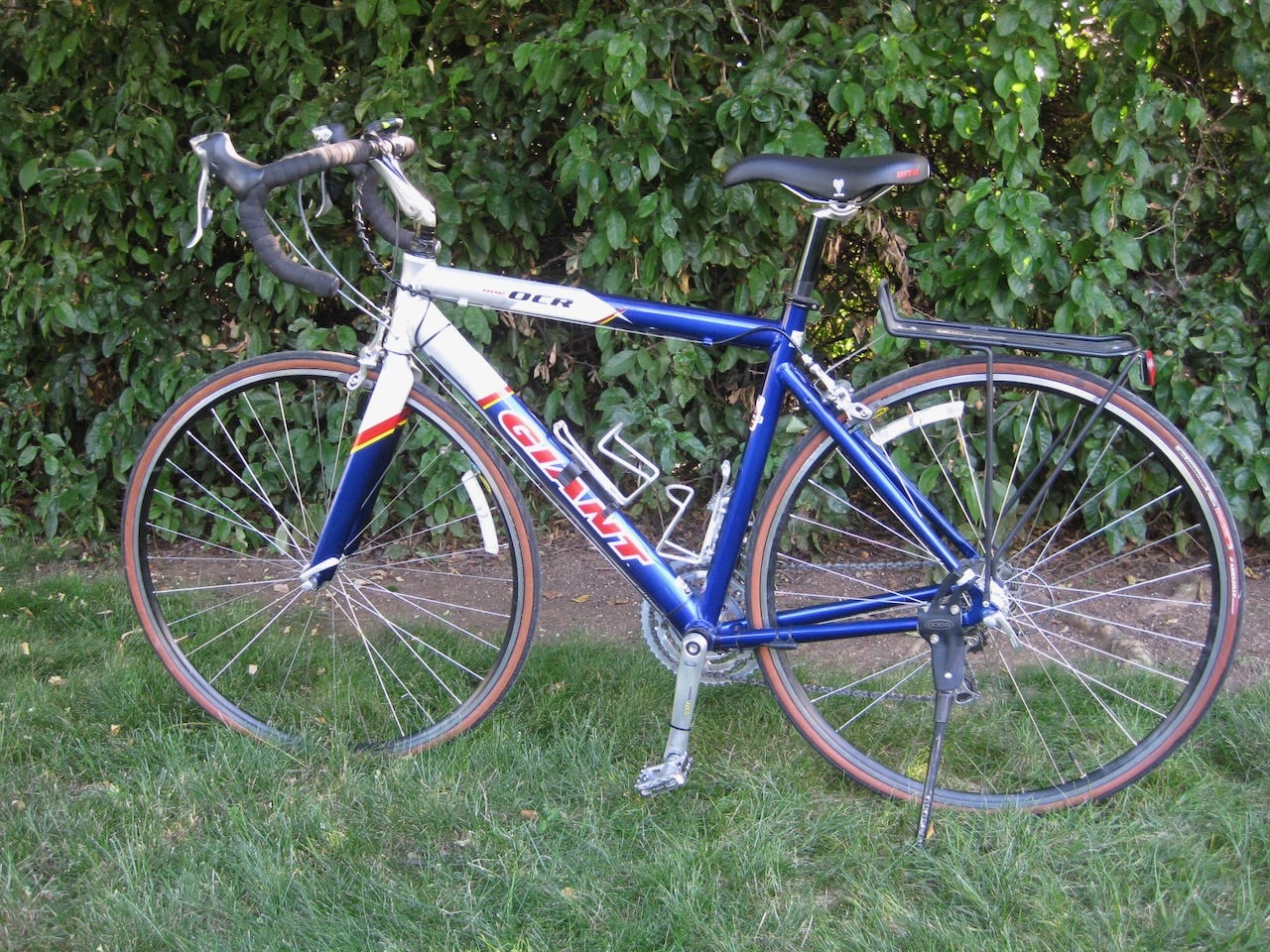


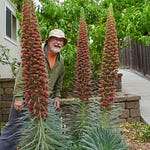

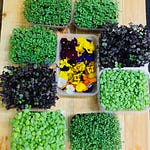
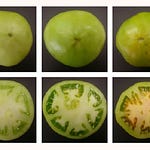

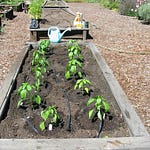
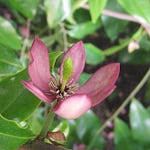
Share this post